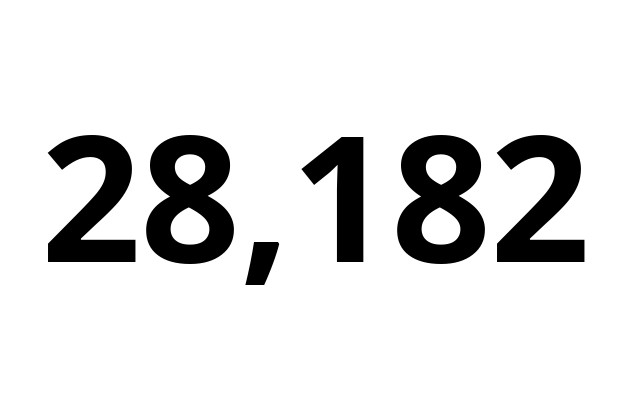Figures published in March in the Pacte de Logement report (pdf), monitoring 97 communes in Luxembourg and their targets to provide housing for at least 15% population growth, Luxembourg City recorded the strongest growth in actual resident numbers, rising from 85,908 to 114,090.
From 2007 to 2016, 8,671 new homes were constructed in the capital, providing housing for 13,887 people, which leaves the question open as to where the remaining 14,295 new arrivals were housed.
The anomaly was previously pointed out by the Luxembourg thinktank Fondation Idea in January 2017, when it reported the country’s overall population grew by 20% over ten years, but the stock of housing had not risen at the same rate. The phenomenon could in part be explained by take-up in co-housing, which is common among young employees living in the capital where rents are highest. The think tank’s director had then called for better exploitation of empty or under-inhabited properties to help meet the housing demand.
Population explosion
While Luxembourg City reported the strongest actual population growth, the communes of Weiler la Tour, Saeul and Tuntange in the west of Luxembourg had the highest proportionate growth at 53.5% (from 1,554 to 2,385 inhabitants), 48.5% (from 511 to 759 inhabitants) and 47.5% (from 1,163 to 1,716 inhabitants), respectively.
The lowest growth was recorded in Diekirch (2.3% growth from 2009 to 2017), Echternach (2.5%) and Waldbredimus (4.1% growth from 2010 to 2017).
